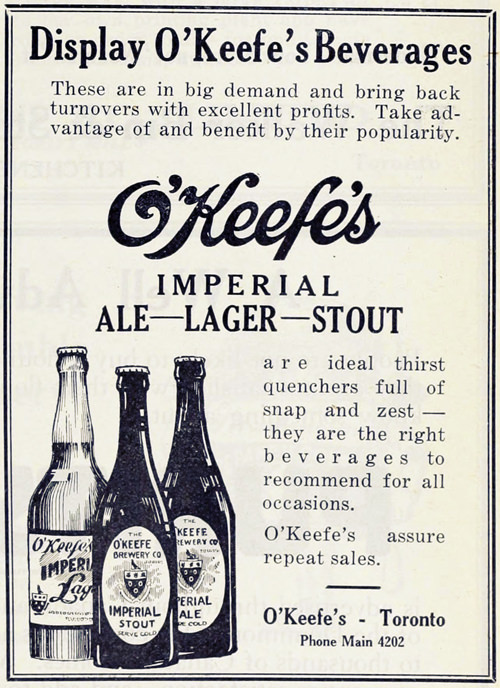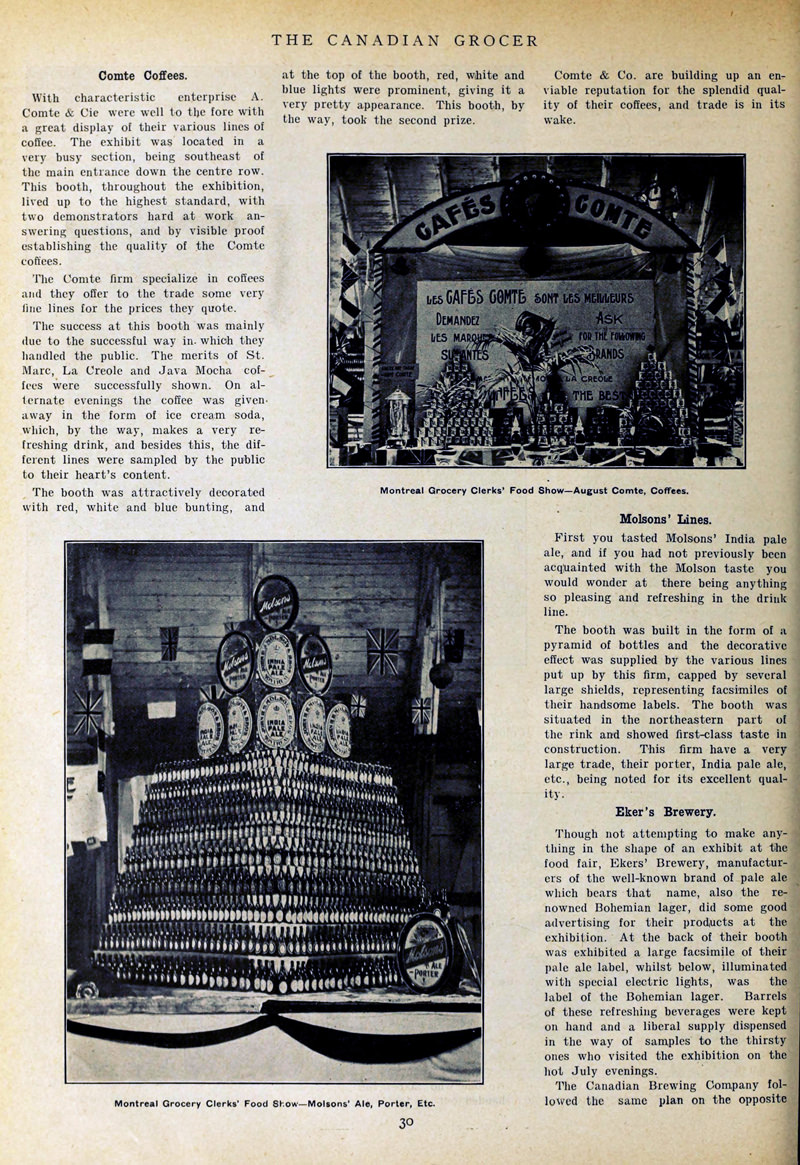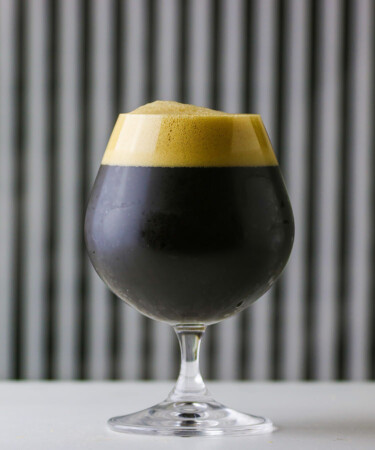
Let’s just say this right off the bat: trying to understand the difference between a porter and a stout in today’s craft beer world can be a pretty dizzying experience. That’s because over the past ten years or so, in many craft circles, the names have been used pretty interchangeably when categorizing darker beers. It’s this occurrence that caused us to want to understand the different nuances between these two types of beer, because more often than not, someone will tell us they prefer one to the other or a recipe will call for one specifically, and yet it’s pretty hard to find a person who actually knows the difference.
To truly understand the difference between these two dark beers, we have to go back to where it all started in the first place: England. Out of the rowdy pubs of London in the eighteenth century emerged the porter, a dark, medium-bodied beer which had lots of malty goodness that was balanced by quite a bit of hops. Earliest reports of the beer’s creation claim it was initially invented by a barman in the pub, made by blending lighter, hoppier beers, with older aged ales – sort of like the Suicides you made at the soda fountain when you were a kid. The result was a drink that took off, and eventually brewers reverse-engineered the mix and started brewing porters, no mixing at the bar needed.
As more brewers across England made porters, experimentation naturally followed. Brewmasters would tweak recipes, add different ingredients and boost the alcohol content, and thus the stout was born. That’s right, all a stout technically is, is a stronger – or stouter – version of a porter. In fact, its original name was “stout porter.”
The stout really took off when a brand named Guinness became a household name and many people fell in love with the creamy, luscious libation they started assuming came with drinking a stout.

Fast-forward to present day and brewers are pretty mixed on what the main difference actually is between these two beers. That’s because a lot of craft brewers now brew porters that are stronger than most stouts, yet continue to call them porters, and stouts that are weaker than some porters, yet keep calling them stouts. Basically it’s become the wild wild west. When the magazine Craft Brewing Business actually asked some of the country’s most famous craft brewers this simple question, they basically said as much. “You can ask any number of brewers this question and get just as many different answers. The simple answer is that there really is no difference between the two,” said Luke Purcell of Great Lakes Brewing.
The only main difference many brewers still agree on is the kind of malt that should be used to brew each type of beer. Porters use malted barley and stouts are primarily made from unmalted roasted barley, which is where the coffee flavor most people associate with stout comes from. But even these rules seem to be somewhat blurry according to brewers. “My approach to a stout would be to use a larger percentage of roasted barley,” Wayne Wambles of the celebrated Cigar City Brewing tells CBB. “I subscribe to the never say never camp, though, so I can’t say that I would never put roasted barley in a porter. Under certain circumstances, I would consider it.”
Yep, as long as there are craft brewers who will continue to experiment, it seems there will never truly be a hard and fast difference between the two. So go with what the label on the bottle says and enjoy whatever you’re drinking, porter or stout, because they’re basically the same thing.

